|
Element |
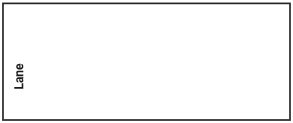
|
|---|---|
|
Description |
Use the lane element to design role-based processes. Assign one or multiple roles to a lane element and model all the steps that the assigned role(s) has/have to perform within that lane. You can work with single lanes or with a main lane. Refer to Modeling Roles and Using a Main Lane for more details about the differences. |
|
Attributes |
|
|
Execution |
None. |
|
Editing and Styling |
|
How to Use the Role Editor
When you click Roles in the attributes panel, a separate editor will open where you can assign existing roles and create new ones:

In the role editor, you have two options:
-
You can add an already existing role.
-
You can create a new role.

If no roles are assigned to a lane, the process steps inside the lane can be executed by all users and a corresponding note is displayed.
Adding an Existing Role
When you open the role editor, it already contains an empty line. Start typing the name of the role your are seaching for in field Role. The field has an autocomplete function: As soon as you start inserting, a drop-down list is displayed containing all available roles that match your input:

Select the role you want to use.
In the next step you need to assign the rights that will be granted to the role owner. Available options are:

|
Write |
A user assigned to this role will be able to see and change the instance data for all process steps in the current lane. |
|---|---|
|
Read |
A user assigned to this role will be able to display the instance data for all process steps in the current lane. This right is assigned by default. |
|
List |
A user assigned to this role will only be able to see the instances in the instance table for all process steps in the current lane. |
You can continue to add further roles (or create new ones, see below) as multiple roles can be assigned to one lane. When you have finished, save your changes to apply them to the lane:
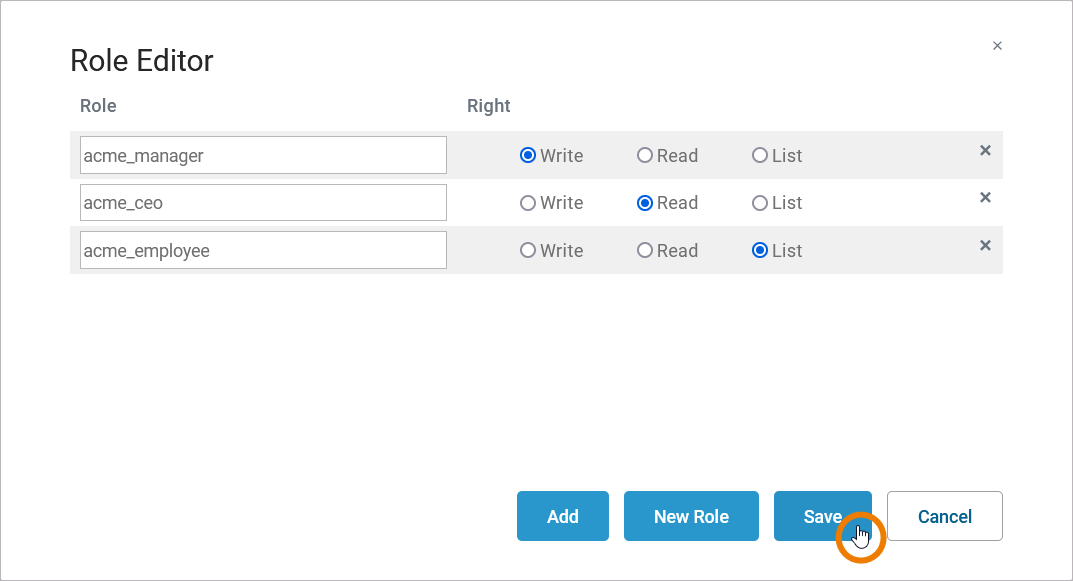
The number of roles assigned to a lane is displayed in the attributes panel:
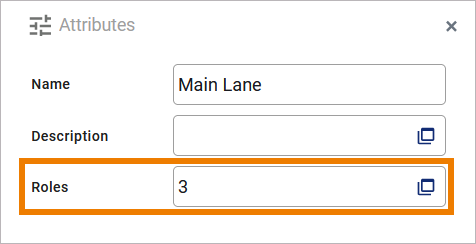
You have to open the user management, to assign a role to users:
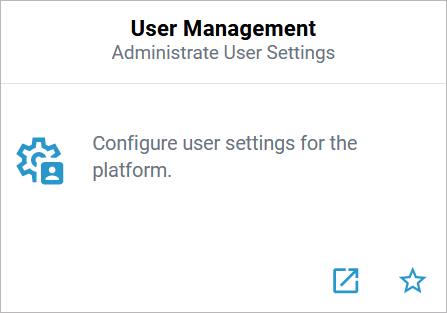
Refer to Managing Roles in the Administration Guide for further information about role management.
Creating a New Role
Click New Role to create a new role and assign it to the lane element:
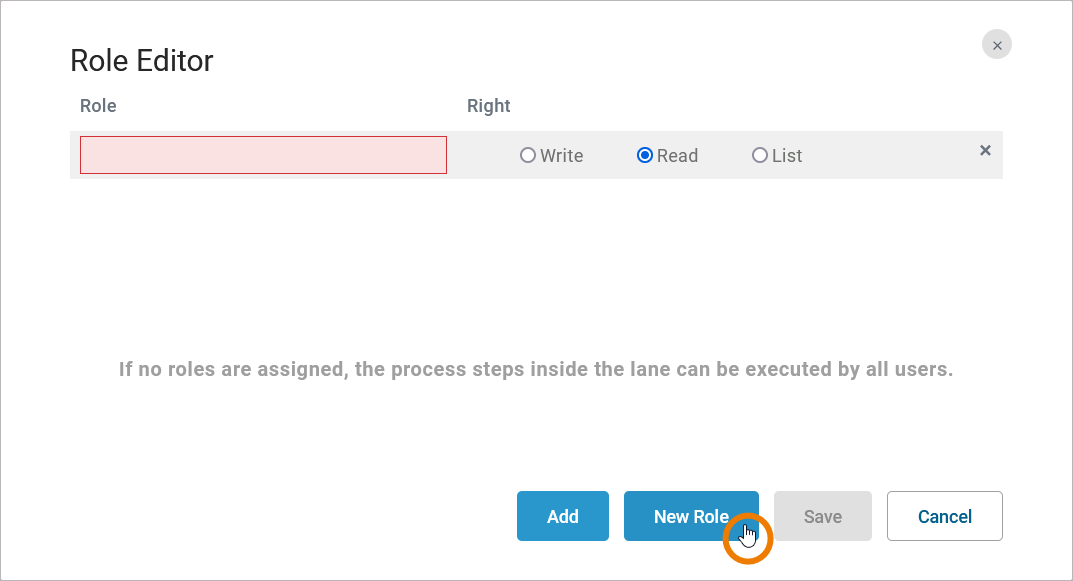
Enter the name of the new role in the pop-up window. The input is mandatory:
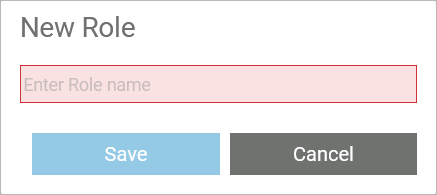
If the role name is already in use, you will not be able to save. Use the existing role instead (see Adding an Existing Role below):
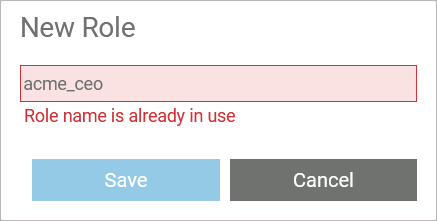
Save to create the role:
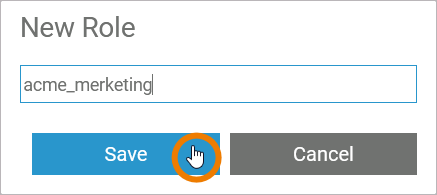
The new role is now added to the role editor and assigned to the current lane:
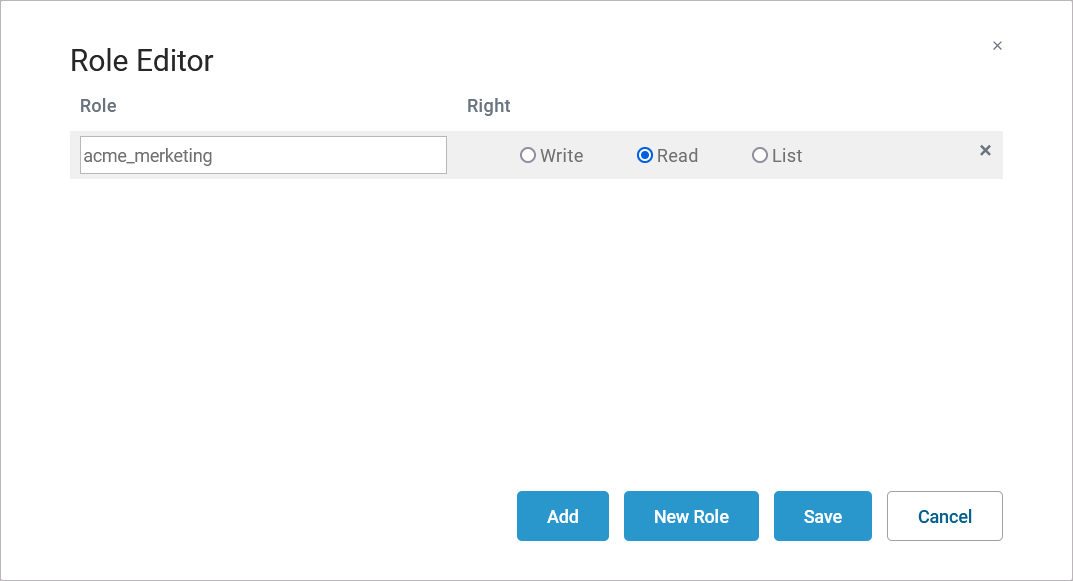
In the next step you need to assign the rights that will be granted to the role owner:

Available options are:
|
Write |
A user assigned to this role will be able to see and change the instance data for all process steps in the current lane. |
|---|---|
|
Read |
A user assigned to this role will be able to display the instance data for all process steps in the current lane. This right is assigned by default. |
|
List |
A user assigned to this role will only be able to see the instances in the instance table for all process steps in the current lane. |
You can continue to create further roles (or add already existing ones, see below) as multiple roles can be assigned to one lane. When you have finished, save your changes to apply them to the lane:
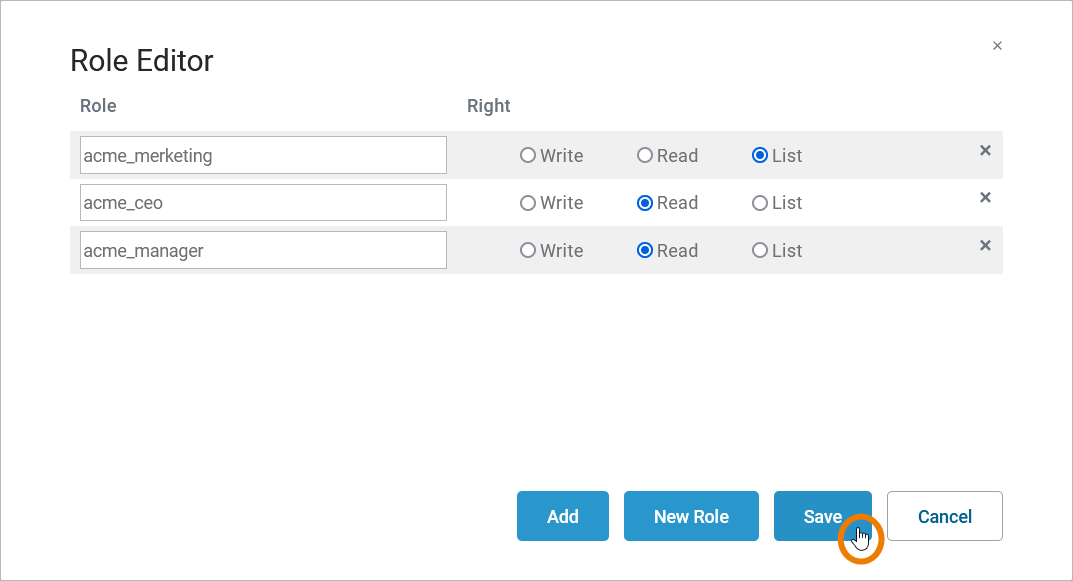
The number of roles assigned to a lane is displayed in the attributes panel:

The new role has also been added to the user management. You have to open the user management, to assign the new role to users:
Refer to Managing Roles in the Administration Guide for further information about role management.
Idea_Management_Example
Click here to download a simple example model that shows what you can do with Lanes and Forms in Scheer PAS Designer. It also contains a configured instance list and shows the usage of trigger events.
Related Content
Related Pages:
